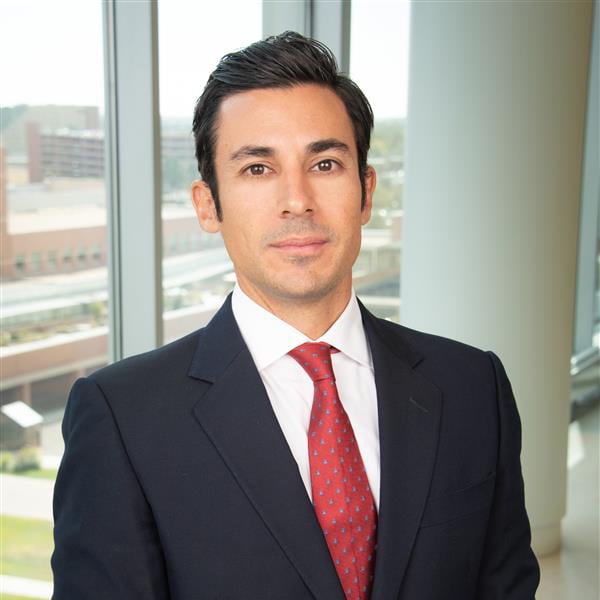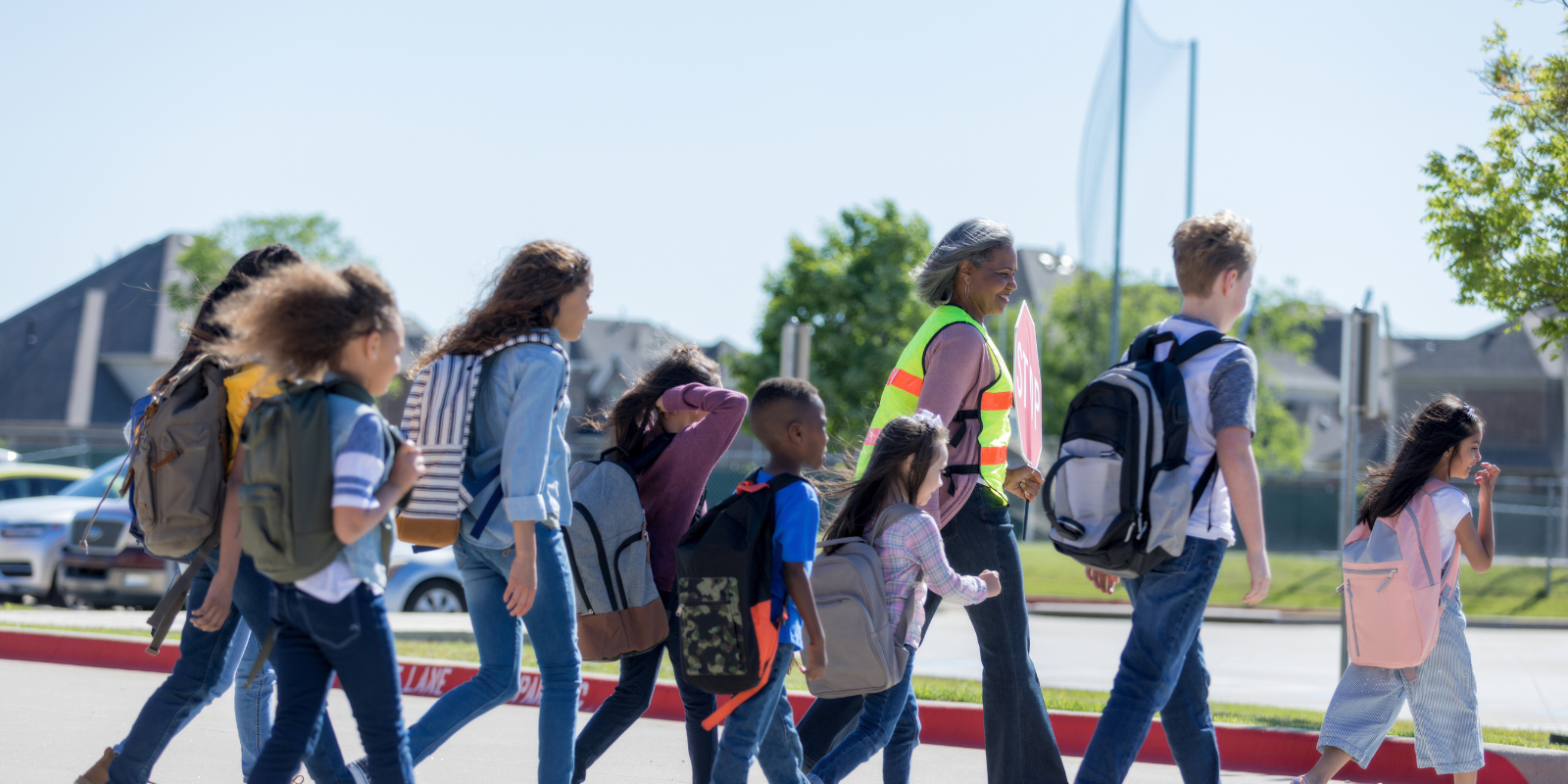Lymphedema is a chronic disease that causes lymphatic fluid to build up in the body, especially in the legs, arms, genitals, face, neck, and chest wall. It can be painful, debilitating, and have significant negative impacts on a person’s quality of life.
Secondary lymphedema, which is acquired rather than genetic, affects approximately 1 in every 1,000 Americans.
An important treatment for lymphedema is manual lymphatic drainage (MLD), a massage-like technique that aims to relieve swelling by helping lymphatic fluid, or lymph, move to an area of the body with working lymph vessels. However, there currently are no universally accepted standards for how MLD is performed.
A current study being led by Christodoulos Kaoutzanis, MD, an assistant professor of plastic and reconstructive surgery in the University of Colorado School of Medicine, aims to develop scientifically based, data-driven guidelines that health care providers can follow to achieve consistent results and best outcomes for patients with lymphedema.
“Lymphedema is a disease that can have huge ramifications for those who are living with it, especially patients with lower extremity lymphedema,” Kaoutzanis says. “It’s important that we work toward standardizing treatment so each patient receives the best quality of care.”
Three types of therapy
The study originated with Cindy Armstrong, PT, DPT, a certified lymphedema therapist in the UCHealth system, and her colleagues noticing a difference in outcomes between their patients and patients who received MLD therapy at other facilities.
“We could not figure out why we were getting better results and why our patients were doing so much better,” Armstrong explains. “There are multiple different schools being taught in terms of how treatment is delivered, so we wanted to gather data on the different techniques and how they correlate with patient outcomes.”
Three main types of MLD are light tactile pressure using a very soft, gentle stroke, similar to petting a cat; medium tactile pressure, which involves gently stretching the skin while the therapist stands still; or firm tactile pressure using a maximal skin stretch while the therapist shifts their weight.
Kaoutzanis, Armstrong, and their co-researchers designed the study to focus on lymphedema in the legs. Participants are randomly assigned to one of three groups that receive one of the three main types of MLD. Prior to treatment they complete a Lymphedema Life Impact Scale questionnaire and Numeric Rating Scale to measure their current level of pain. One leg will be treated with MLD and if a study participant is experiencing lymphedema in both legs, they choose the leg on which to receive MLD treatment.
After having their baseline body composition assessed, study participants then receive MLD treatment from a certified lymphedema therapist. Participants also will receive an injected dye in their foot to help visualize fluid movement in the affected leg. After the dye is injected, researchers are able to visualize the lymphatic flow in the leg by using the Stryker SPY System for fluorescence imaging. They are able to see real-time changes in lymphatic flow that occur following the different MLD techniques to determine if one technique is more effective, determined by increasing lymphatic flow, than another.
In addition, researchers recheck the participant’s body composition following the treatment to look at any change that may occur during that one treatment session. These two outcome measures are used to determine if one technique is more effective than another.
Benefitting future patients
Each research participant will receive one MLD treatment. Though the chances of receiving long-term physical benefit from one treatment session are negligible, participants are contributing to a body of evidence that has the potential to optimize treatment for future patients, Kaoutzanis says.
“The study isn’t designed to treat the disease, but to gather data so we can begin developing guidelines for treatment,” Armstrong says. “We see patients who have been receiving one kind of treatment for 10, or 15 years and are seeing no real change, so you just think of the cost of that. In our clinics we’ve seen excellent results with the treatment we provide, but we know we have to have the data to support what we’re doing.”
The research sessions are held every other Saturday, so participants don’t need to be from only Denver or even Colorado to participate if they are able to be in the Denver area on a Saturday the research sessions are happening. Sessions typically take about two hours and participants currently are being accepted.
"Our goal is to have 24 people in each of the three groups,” Armstrong says. “The wonderful thing is that everyone we’ve worked with so far really seems to recognize that even though they may not receive benefit from a single therapy session, what we learn from them has the potential to enormously benefit patients in the future.”



.png)

